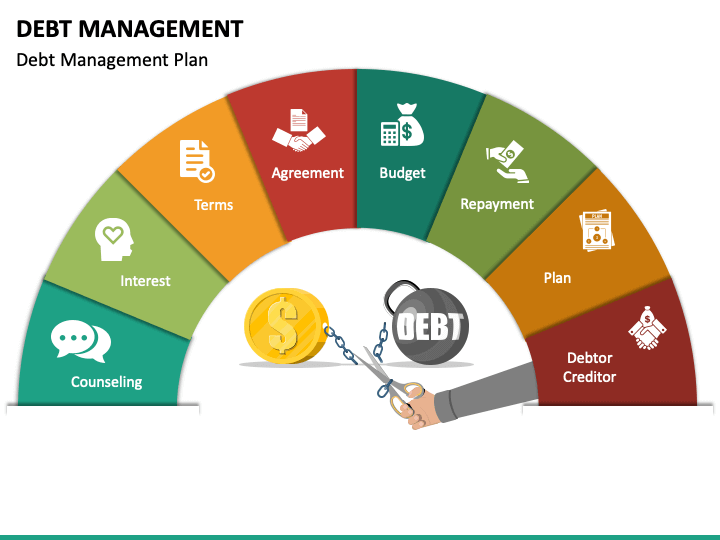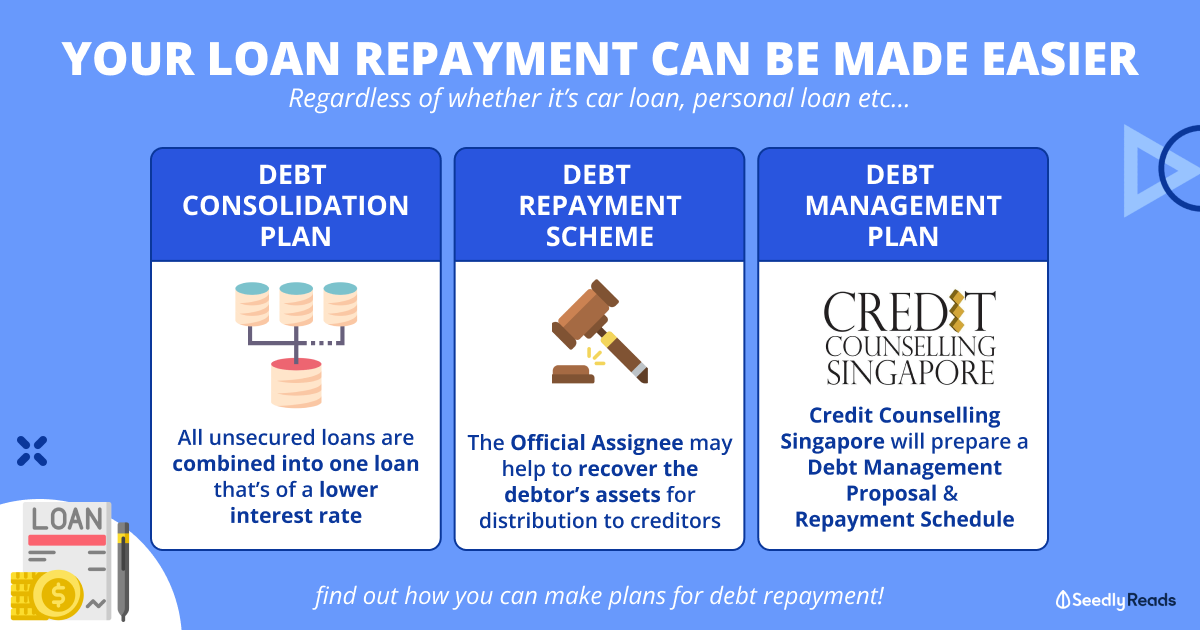Debt Consolidation vs. Debt Negotiation: More Discussion Posted Here
Debt Consolidation vs. Debt Negotiation: More Discussion Posted Here
Blog Article
Every Little Thing You Need to Know Concerning Creating a Tailored Financial Obligation Management Plan
In the realm of personal financing, designing a customized financial obligation monitoring plan is usually the keystone of attaining financial stability and peace of mind. As you browse the intricacies of developing a personalized financial debt management strategy, understanding the details of each step is vital to your monetary success.
Analyzing Your Existing Financial Debt Situation
One must first carry out a detailed analysis of their current financial obligation commitments before developing a reliable financial obligation monitoring plan. Evaluating your current financial debt situation is an essential very first step in gaining control of your funds. Begin by gathering all required monetary records, such as bank card declarations, funding arrangements, and any exceptional expenses. Produce an in-depth checklist of each financial debt, consisting of the total amount owed, rate of interest, minimum regular monthly repayments, and due days. This thorough summary will certainly give a clear photo of your economic standing and aid prioritize which financial debts to resolve first.
After assembling this details, determine your complete debt-to-income proportion by dividing your regular monthly financial obligation repayments by your regular monthly revenue. Recognizing these aspects of your economic circumstance will certainly assist you in developing an individualized financial debt monitoring plan tailored to your details needs and objectives.
Setup Financial Goals and Targets

When setting financial objectives, it's crucial to be certain, measurable, achievable, relevant, and time-bound (CLEVER) For instance, you may establish a goal to pay off a specific amount of debt within a details time framework, such as decreasing your bank card balance by $5,000 in the next twelve month - More Discussion Posted Here. By establishing clear targets like this, you can track your progression and stay motivated to achieve your financial obligation administration goals
Furthermore, think about prioritizing your financial debts based on elements such as rates of interest, superior equilibriums, and payment terms. By concentrating on high-interest debts initially, you can save cash in the future and accelerate your journey towards monetary liberty. Keep in mind, everyone's monetary circumstance is one-of-a-kind, so tailor your targets and goals to fit your individual demands and circumstances.
Creating a Realistic Budget
Crafting a distinct budget is an essential action in efficient debt management and financial planning. A reasonable budget offers as a roadmap for your economic health, helping you track your earnings, costs, and debt repayments. To produce a practical budget, begin by noting all your resources of revenue.
Regularly testimonial and change your budget plan as needed to stay on track with your economic objectives and financial obligation repayment plan. By sticking to a reasonable spending plan, you can successfully manage your debt and job in the direction of an extra safe and secure monetary future.
Discovering Debt Settlement Strategies
After developing a realistic spending plan, the following essential action in reliable financial obligation management is to explore different debt repayment strategies. One common technique is the snowball method, where you concentrate on paying off the tiniest financial obligations first while making minimum settlements on bigger financial debts. This technique can aid develop momentum as you see smaller debts being cleared, giving inspiration to tackle larger ones.
Another technique is the avalanche technique, which involves prioritizing debts with the highest interest rates. By targeting high-interest financial debts first, you can minimize the overall quantity you pay in passion gradually. This approach might be much more cost-effective in the future, also though it might take longer to see private financial debts totally repaid.
Debt consolidation is another alternative where you incorporate numerous financial debts into a single lending with a lower interest rate. This can streamline your settlement process and potentially minimize the overall interest paid. Nonetheless, it's vital to very carefully take into consideration the charges and terms connected with consolidation to guarantee it's the ideal choice for your financial situation.
Monitoring and Changing Your Strategy

Changing your plan might entail reallocating funds to deal with high-interest financial debts first, discussing with financial institutions for lower rates of interest or far better repayment terms, or checking out extra revenue sources to accelerate financial debt repayment. As your monetary situation evolves, your debt monitoring strategy ought to adjust appropriately to stay reliable. By staying positive and adaptable in surveillance and changing your plan, you can optimize your initiatives in the direction of repaying your financial debts efficiently and achieving your financial goals.
Final Thought
In final thought, producing a personalized financial obligation administration plan entails evaluating current financial obligation, setting financial objectives, developing a practical spending plan, exploring settlement methods, and tracking and adjusting the strategy as required. By complying with these steps, individuals can take control of their monetary circumstance and work towards coming to be debt-free. It is essential to remain regimented and devoted to the plan in order to accomplish long-lasting financial stability.
One must first carry out a thorough analysis of their present debt responsibilities before developing an effective financial obligation management strategy.After developing a reasonable spending plan, the next crucial step in reliable financial obligation monitoring is to explore numerous debt payment strategies - More Discussion Posted Here.To properly manage your financial obligation, continuous tracking and change of your debt administration strategy are essential elements for long-lasting economic stability.Adjusting your plan might entail reallocating funds to deal with high-interest financial debts first, discussing with financial institutions for reduced interest rates or Going Here far better settlement terms, or discovering additional income sources to accelerate financial debt settlement.In conclusion, creating an individualized financial debt management plan involves examining existing financial debt, establishing economic goals, producing a reasonable spending plan, exploring repayment techniques, and tracking and adjusting the strategy as required
Report this page